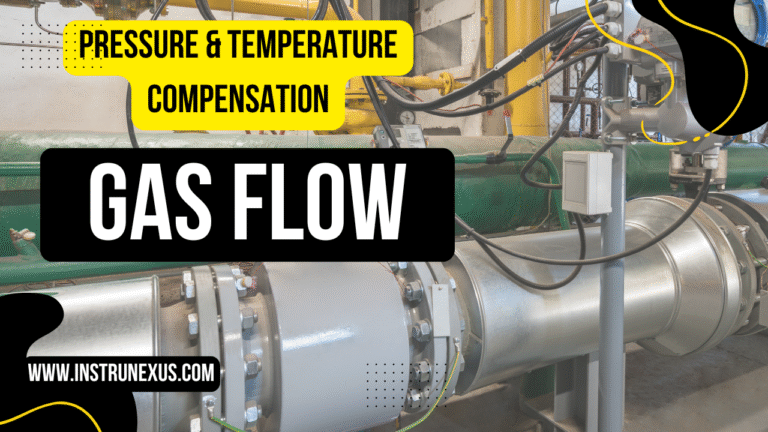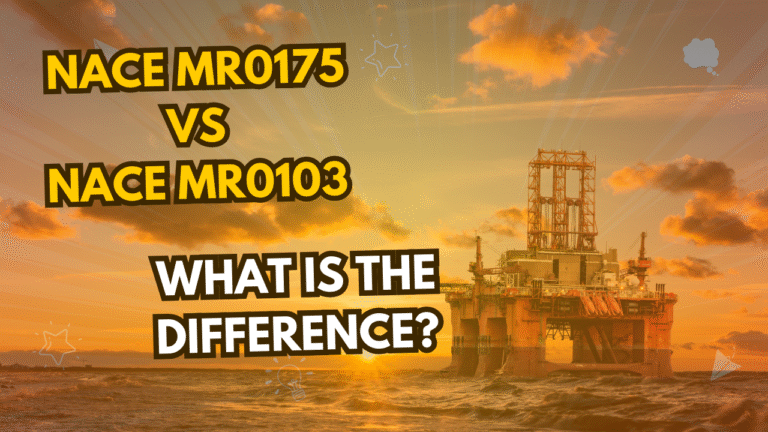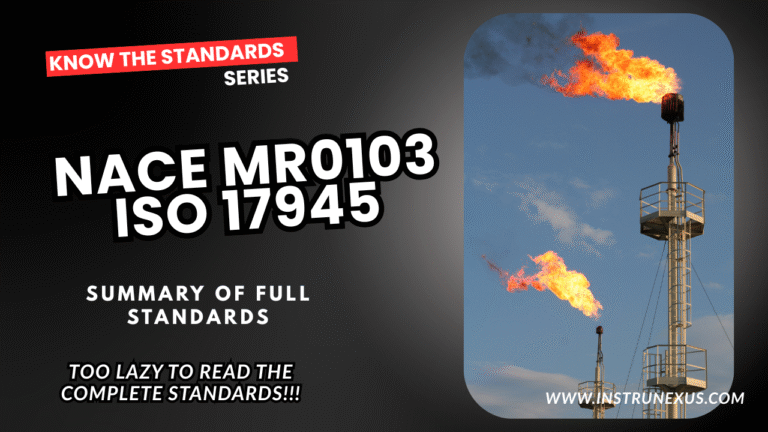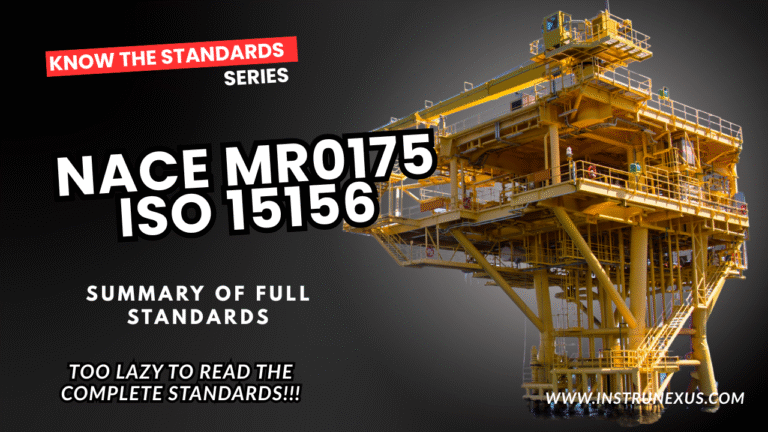Recent Updates
Interactive Guide to Ultrasonic Flow Meters Ultrasonic Flow Meters Principles Comparison Applications Selector Tool Advanced Explore the Principles of Non-Invasive Flow Measurement This interactive guide demystifies ultrasonic flow meters. Discover the two core technologies—Transit-Time and Doppler—and learn how to choose the right one for any application, from high-purity water to...
Interactive Vortex Flow Meter Principle Explorer Vortex Meter Explorer Principle Anatomy Performance Comparison Unveiling the Vortex Flow Meter An interactive journey into the principles of fluid dynamics that power one of industry’s most reliable measurement tools. The Kármán Vortex Street The meter’s operation is based on a natural phenomenon: when...
Interactive Guide to Magnetic Flow Meters Magnetic Flow Meter Explained Introduction Anatomy How It Works Applications Summary Unveiling the Power of Faraday’s Law This interactive guide explores the magnetic flow meter, a robust and elegant device that measures fluid flow by harnessing the fundamental principles of electromagnetic induction. Discover its...
The Interactive Coriolis Flow Meter Principle Coriolis Meter Explorer Principle Density Anatomy Designs Challenges Comparison The Coriolis Flow Meter An interactive guide to the gold standard of direct mass flow measurement. Discover how fundamental physics is harnessed for unparalleled accuracy. 1. The Core Principle: Mass Flow from Phase Shift This...
Interactive Report: The Piezoresistive Effect in Pressure Transducers Piezoresistive Transducers How It Works Core Principle Materials Comparison Applications Full Report From Pressure to Pixels An interactive exploration of the strain gauge pressure transducer, a tiny device that translates physical force into the electrical signals that run our world. Discover the...
Interactive Guide to Gas Flow Compensation Gas Flow Compensation Why Compensate? Gas Laws The Formulas Live Calculator Implementation Why is Compensation Necessary? Unlike liquids, gases are highly compressible. Their volume changes significantly with temperature and pressure. This section visually demonstrates why simply measuring the volume of a flowing gas is...
Technical Report: NACE MR0175 / ISO 15156 & NACE MR0103 🧪 Technical Report on NACE MR0175 & MR0103 Qualification and Use of Metallic Materials in H₂S-Containing Environments Contents 1. Executive Summary 2. Background 3. Origins & Evolution 4. Scope & Application 5. Failure Mechanisms 6. Materials & Hardness 7. Qualification...
NACE MR0103 / ISO 17945:2015 Comprehensive Guide NACE MR0103 / ISO 17945:2015 A Comprehensive Guide to Metallic Materials Resistant to Sulfide Stress Cracking in Corrosive Petroleum Refining Environments. Introduction and Purpose The NACE MR0103/ISO 17945:2015 standard establishes requirements for metallic materials in petroleum refining environments that contain wet hydrogen sulfide...
Guide to NACE MR0175 / ISO 15156 | Materials for H₂S in Oil & Gas Comprehensive Report on NACE MR0175 / ISO 15156 Materials for Use in H₂S-Containing Environments in Oil and Gas Production Based on the Canadian Association of Petroleum Producers (CAPP) Guide, December 2005 Introduction Objectives Evolution Structure...






